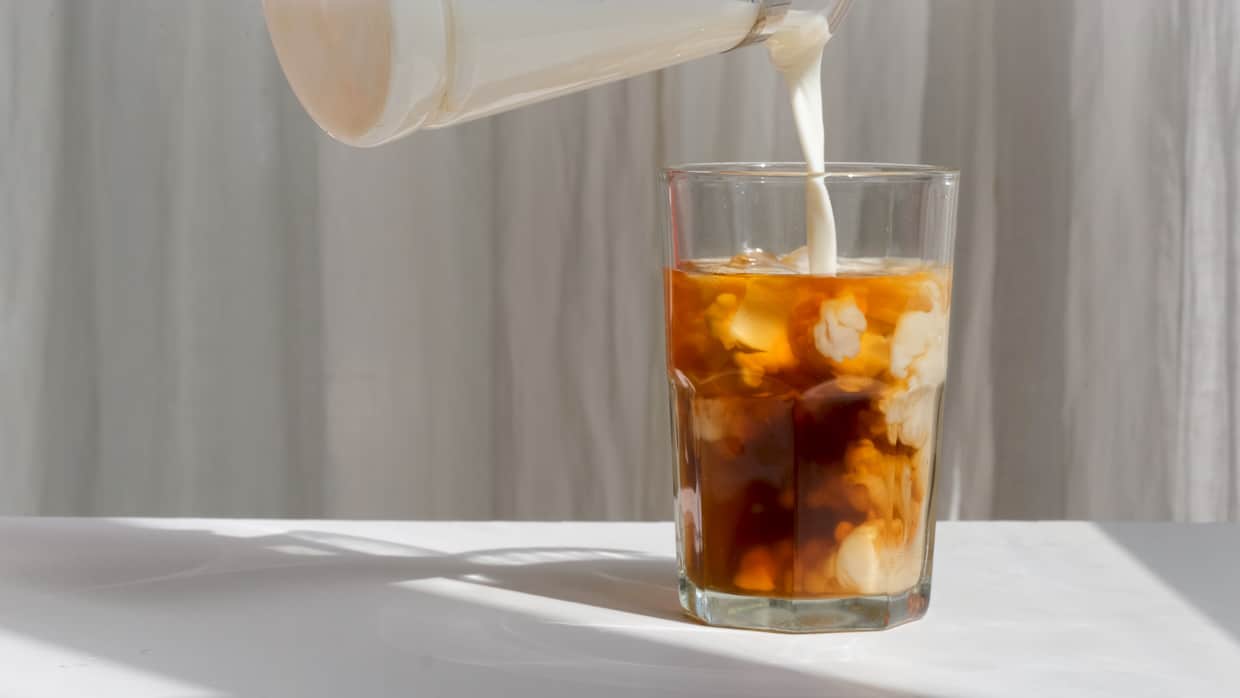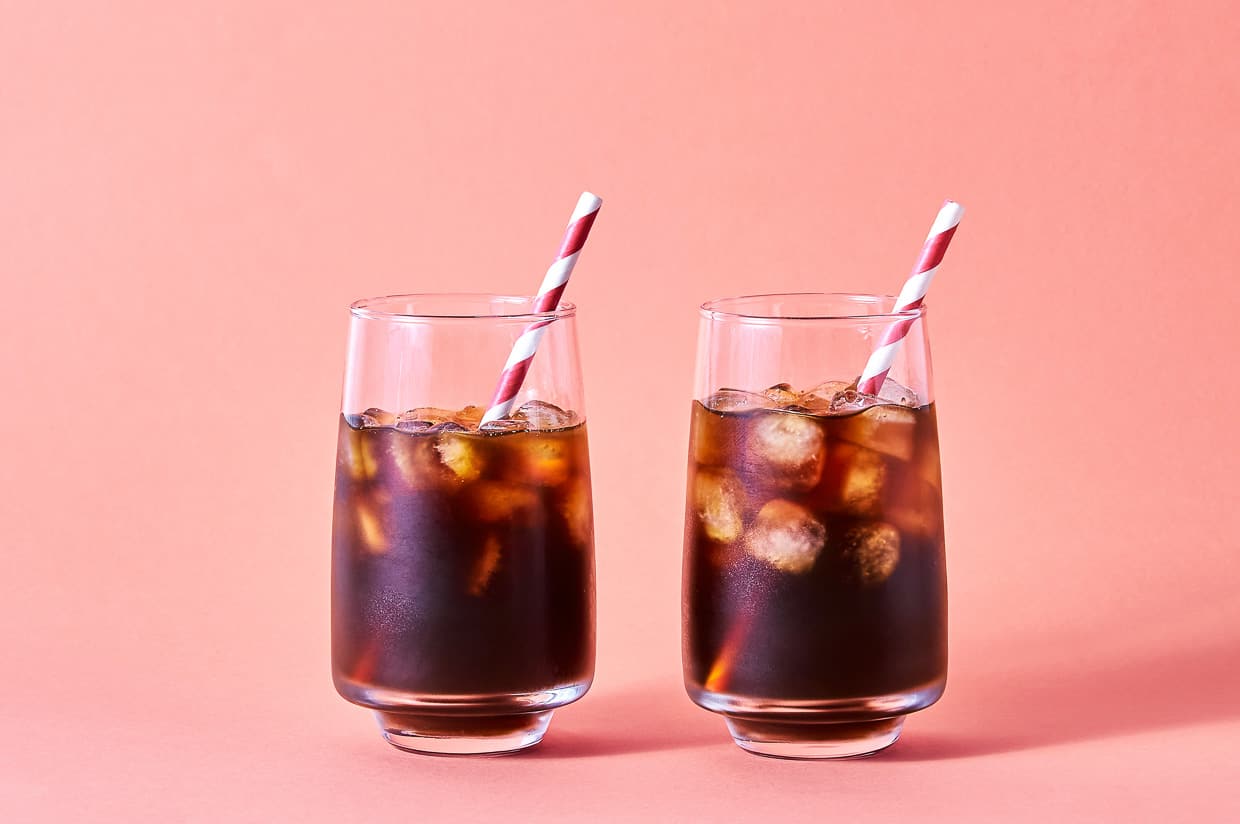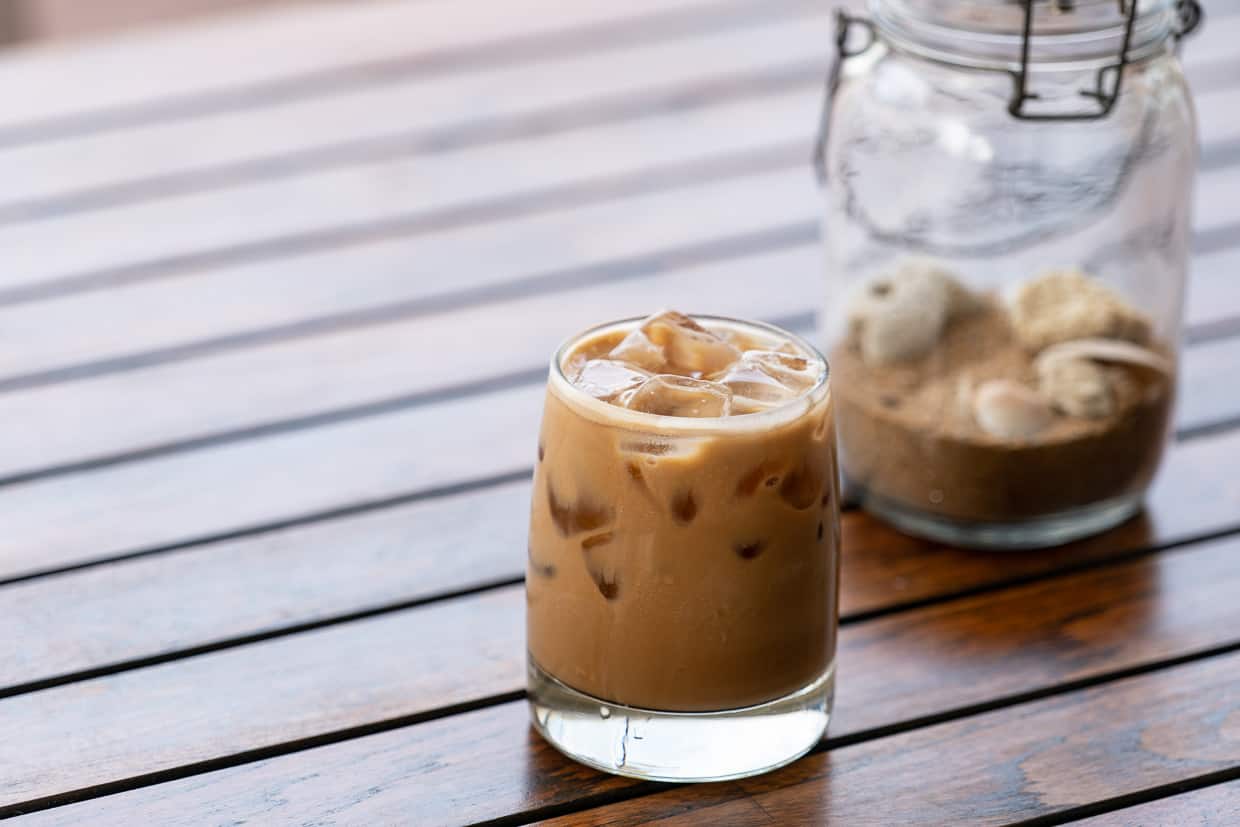Nothing ignites the coffee world like a friendly battle between cold brew and iced coffee. As the summer heat intensifies, coffee enthusiasts find themselves at a crossroads, torn between these two refreshing options. Cold brew vs. iced coffee, which one is better?

Many people don’t realize there is a difference between the two types of cold coffee. They tend to assume they’re one and the same, but they are not. Each is distinct in its own way.
Both promise chilled relief and the familiar embrace of caffeine, but what sets them apart? Is cold brew superior to iced, or is it merely a matter of personal preference? Dive into the fascinating world of cold coffee to find your preference.
Rising Popularity
Cold coffee drinks have quickly become popular in the last five years. In fact, cold drinks, including cold coffees, make up a whopping 75 percent of Starbucks sales, according to reporting by CNN.
There seems to be something for everyone everywhere, as many other coffee chains, local coffee shops, and fast food restaurants now offer cold coffee drinks. Cold drinks are no longer seasonal, they’re popular all year round.
“I always thought that cold brew was a fancy way of referring to iced coffee, which I make with any leftover hot coffee — I always have a carafe in the refrigerator. Now that I know the difference — brewing it cold overnight — I want to try to make some cold brew at home because I’m too frugal to buy it already made.”
— Leah Ingram, Real Sophisticated Consumer
So what’s the difference?
The first major difference between the two cold coffees is preparation. Iced coffee is simply coffee that has been brewed hot and then chilled. You can make your favorite hot coffee using whatever process you prefer — French press, coffee maker or k-cup. Once it’s brewed, it is chilled in the refrigerator. It’s ready to serve quickly within just a few hours.
Cold brew coffee requires a little more time and effort. For cold brew, the ratio of ground coffee to water is higher, and many who make their own have a preferred proportion for brewing.
Using a French press or a large mason jar, cold water is infused with fresh ground coffee and left to rest for at least 12 hours and up to 24 hours. Once steeped, it must be pressed in a French press or strained if prepared in a jar before serving.
The key aspect of cold brew coffee is remembering to brew it beforehand so it’s ready when you want to make cold coffee drinks to enjoy with coffee cakes.
“Cold brew coffee is always my go-to coffee drink for daytime entertaining. It’s smooth and refreshing and pairs well with any brunch theme. On top of that, it’s easy to make ahead of time and batch for a crowd.”
—Jessica Haggard, Easy Homemade Life

Flavor differences
Many people feel strongly about the flavors of iced coffee and cold brew. And it comes down to personal preference. Iced coffee is more like drinking regular coffee in cold form — what you brew is what you get.
While the long steeping process of cold brew offers a deeper and often more smooth coffee flavor. The infusing can also reveal new or hidden flavors in coffee beans that a quick brew doesn’t uncover.
The coffee extracted by cold brewing can be very strong, and cutting it with a little cold water often makes it more palatable.
How much caffeine?
Does one have more than the other? According to HiLine Coffee cold brew contains more caffeine than iced coffee. You use more ground coffee beans to make a cold brew making the resulting drink higher in caffeine.
Generally, iced coffee contains roughly 165 milligrams of caffeine, while cold extraction boosts that to about 200 milligrams. This is calculated is using a 4:1 coffee-to-water ratio. Of course, home brewing methods all create differing coffee and caffeine strengths.
And one more thing to remember, if you add a shot or two of cold water to cut the intense flavor of cold brew, it will also reduce your caffeine intake.
“When I take the time to plan ahead, I love to make a big batch of cold brew — but that isn’t always the reality. An iced coffee is still a delicious afternoon pick-me-up. Sometimes I will jazz it up with flavored simple syrup to make it feel a little more like a coffeeshop treat.”
— Susannah Brinkley Henry, Feast + West

How to use both versions
Iced coffee and cold brew can be used to make cold drinks at home. Use your favorite flavored syrups, milk and ice to make budget-friendly versions of your beloved coffee drinks. You can even make homemade cold foam to top off your concoctions, making them more like store-bought drinks.
Or go the simple route — cold coffee over a large cup of ice. It’s a delicious and refreshing change to adding syrups and milk to cold drinks. The deep flavor of coffee served this way might become a favorite.
And you can even use it to add to the umami of a recipe. Take this beef and dumplings recipe, for instance, it uses a quarter cup of coffee to enhance the depth of flavor. Most beef soups and stews work better with a bit of coffee.
Which cold coffee drink is best?
So which one wins? Which brew is for you? That’s up to you to decide because it’s all about your personal taste and the time needed for preparation. Both options offer refreshing year-round beverages, so why not embark on a journey of cold coffee discovery and find your answer?
Laura Sampson of Little House Big Alaska is on a mission to teach modern family-oriented home cooks how to make old-fashioned foods new again. She shares her passion for home cooking, backyard gardening and homesteading on her website and blog.